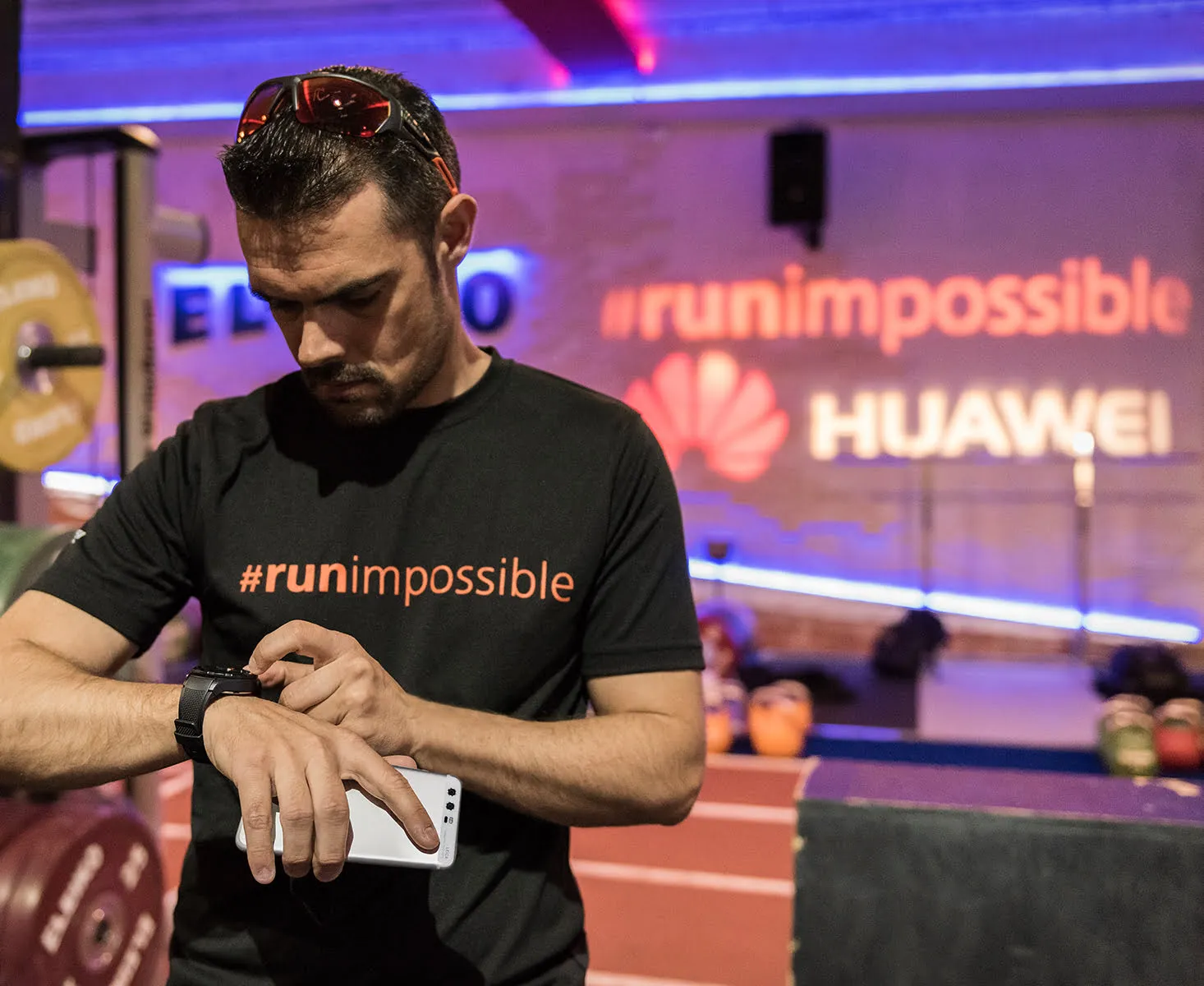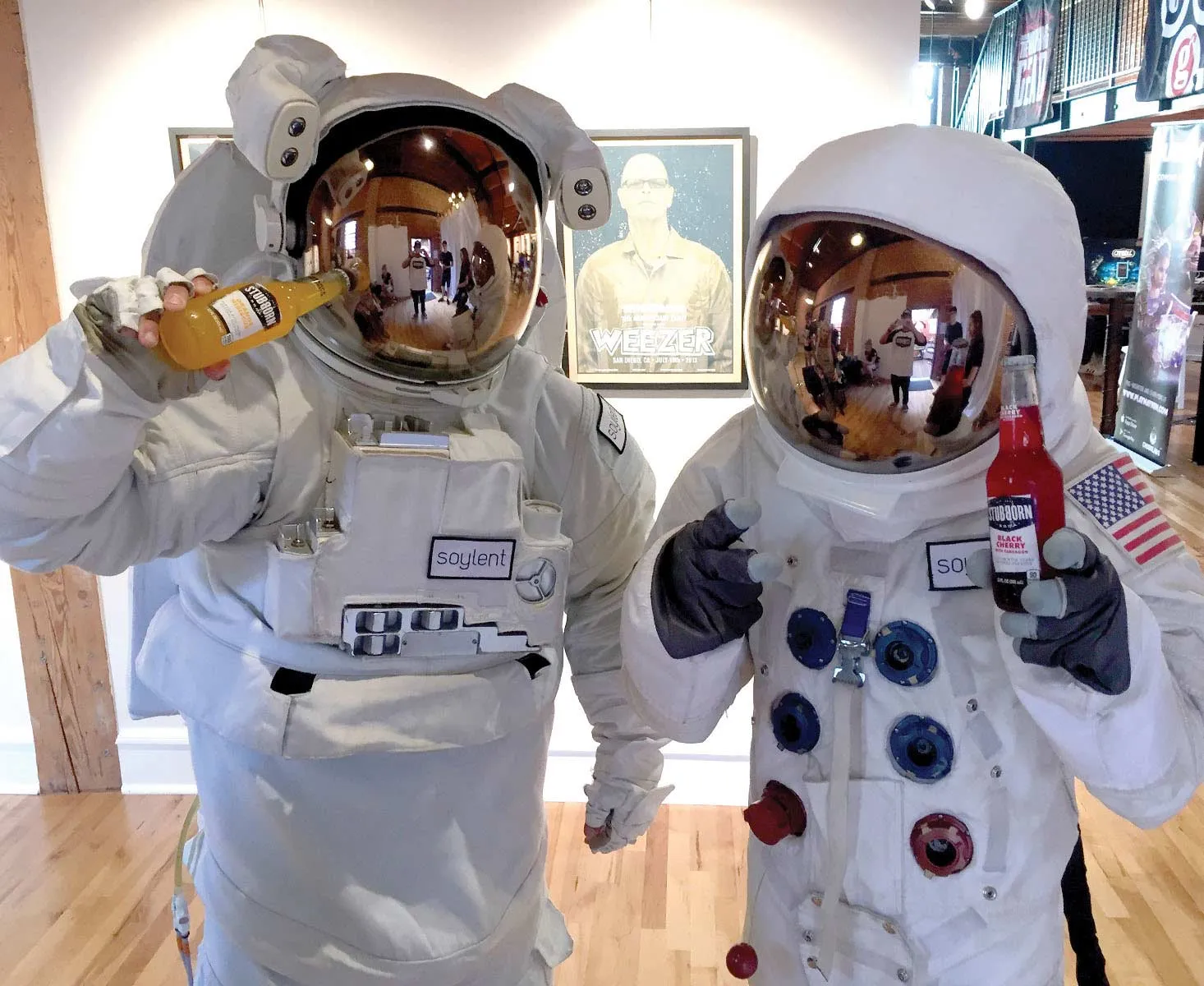Technology has changed how we do everything – how we learn, make decisions, and interact with each other.
Much of marketing is rooted in all three of these things. And technology has offered solutions that improve the consumer experience and better communicate brand value. One technology that is at the forefront for several brand activations is virtual reality (VR). As this platform has become more accessible and affordable, brands have begun to use it in earnest to engage with audiences in high-impact ways. As we consider the influence that VR has had on brand activation, A Little Bird Presents leads this week with an article that explores whether VR can create empathy in users. We also discuss purpose-driven marketing at New York Fashion Week and why experiential marketing is winning Millennial’s hearts – and wallets.
Key takeaways:
- Virtual reality is more powerful than we think as it relates to impacting human perception and behavior.
- Traditional marketing is fading. Companies need to accept that “marketing is an ecosystem of multi-directional engagement rather than a process that is controlled and pushed by the company.”
- Traditional advertising has lost impact. Focusing on the life cycle of the brand experience is the best investment an organization can make to promote growth.

Can virtual reality make people empathetic?
Marketers are often trying to “get into consumers’ heads”. Understanding the motivations, desires, and preferences of the target customer can be a challenge. But, this insight can be necessary in conveying the brand message and impacting behavior.
Emerging technology has helped brands communicate in a more impactful way with their audiences and, often, VR has taken the lead. VR lets brands create relatable virtual experiences that might be impossible in the “real world.” Charities can transport donors to hurricane-ravished communities. Attendees can experience colorblindness first hand. By giving people a “hands-on” experience and “getting into their heads,” the article argues that VR technology can produce empathy.
Previous VR experience research has demonstrated that if “one moves their body, then it will also move their mind.” Since we know that VR can produce strong emotions and a sense of connection, marketers can use this information to create more powerful brand activations. Read more to learn about the research behind this phenomenon.
Netflix triumphs with ‘Altered Carbon’ experience
Netflix, founded just more than 20 years ago, was one of the original disruptors. The company was reportedly created after founder Marc Randolph became irritated about a $40 Blockbuster late fee. Since then, the company has grown astronomically by embracing change, innovating, and not being afraid of pivoting, even as it relates to its business model.
In 2006, Netflix original content started appearing, and in 2016 alone, the company “released an estimated 126 original series or films in 2016, more than any other single American network or cable channel.” One of Netflix’s recent titles is series “Altered Carbon”, which premiered in LA last month. The show, set 300 years in the future, explores a world in which one’s consciousness can be uploaded and transferred to a new body.
For the after party, Netflix created an experience that transported guests into the world that the show inhabits. This multi-sensory activation allowed attendees to experience a safe version of what the protagonist did in the show. What resulted was more than a typical LA after party.

Purpose-driven marketing is front and center at New York Fashion Week
This year, New York Fashion Weekdid something different. With women’s rights at the forefront due to the #metoo movement, fashion felt the need to support female empowerment. There was an unfamiliar word echoing on the runways that demonstrated the designers’ intention. That word was gynarchy, which means “rule by women”.
Designing what this philosophy would look like from a fashion perspective resulted in powerful creations. From Tom Ford’s “Pussy Power” handbag to Alexander Wang’s “The Matrix” tribute, fashion came together to celebrate women and further female-oriented causes.
Purpose-driven marketing seems to be on the radar for many brands and industries, fashion among them. These brands see the benefit of standing for a cause to connect with their audiences on a meaningful and authentic level. Inspiring consumers to feel good makes all the difference in driving social change, as well as sales.
Johnnie Walker’s ‘Jane Walker’ campaign in honor of Women’s History Month
Over the past few decades, many traditionally-male brands have seen the benefits of breaking their single-gender paradigm. After all, turning one’s back to half of the population can also mean leaving 50% of potential sales on the table. The NFL has been aggressively courting female viewers with family-friendly content, breast cancer awareness campaigns, and other methods. Video games and apps related to fashion, home design, and more have found their way into the mainstream.
This Adweek article features a new campaign Johnnie Walker has launched in support of both Women’s History Month and International Women’s Day. The scotch brand has transformed its Johnnie Walker icon into Jane Walker, the female-manifestation of the brand logo. To further its support for female equality, the brand is donating $1 from every bottle sold to organizations that support women’s progress.

Millennials have revolutionized the marketing world
It’s official. The way companies use marketing to connect with consumers has been forever changed. Brands have realized that, to make an impact with Millennials, our largest living generation, the old rules don’t apply. Millennials don’t care about a brand name or reputation. They care about personalization, and if a brand can cater to their preferences. They care about a company’s core values and what they stand for. Millennials that can identify with a brand are most likely to remain loyal.
This article in BCG argues that, with this generation, traditional marketing doesn’t translate. “The conventional, linear framework that most companies have used to manage brand engagement no longer holds. Executives and marketers must embrace the new reality; marketing is an ecosystem of multi-directional engagement rather than a process that is controlled and pushed by the company.” Read on for more insights related to how the marketing paradigm has done more than simply shift – it has been revolutionized.
HBO’s SXSW Westworld experience turns heads
Experiential marketing often embraces innovation to earn consumer attention and demonstrate brand value. Those designing events continually develop new strategies to excite and encourage consumers to take part in the brands’ execution.
South by Southwest (SXSW) is known for being the place for brands to activate and reach a young and eager audience. Each year, companies compete for SXSW attendee attention with a variety of captivating experiences. This March, HBO lured dedicated Westworld viewers to SXSW by bringing the unconventional amusement park to life. The experience lasted two hours, allowing attendees to roam through two acres of the town Sweetwater, uncovering clues to the new season that launches in April.

Why the brand experience beats advertising every time
In the online world, news travels fast, especially bad news. As many business leaders can attest, unhappy consumers are quicker to share their negative experiences. This negative word-of-mouth can quickly hinder a business’ reputation, which harms their ability to earn new consumers. Often, achieving growth relies on the experience you are sharing with your existing customers.
As the article points out, “40% of customers began shopping with a competitor, because they heard about the company’s good customer service. Reputation for great customer service alone will create the incentive for customers to give you a try.” Good experiences keep existing consumers happy and will ultimately introduce new demand. This infographic demonstrates why businesses are finding more value in investing in brand experiences than traditional advertising
Millennials love experiential – and the proof is in the purchases
As Millennials’ purchasing power increases, brands have learned that they need to rethink how they have traditionally approached marketing. With this generation’s preference for experiences over material things, experiential has gained attention as being one of the best ways to reach Millennials. It allows for two-way, intimate interactions that have shown to be effective in connecting them to the brand. Experiential taps into their emotional side and creates a meaningful and memorable brand experience.
Yet, as this article by The Store Front points out, Millennials’ are also price-conscious individuals that are on high-alert for gimmicks. They find honesty essential. “They’re looking for deals, not horse-and-mallet logos. They want a seamless shopping experience that melds the online and offline worlds. And they want authentic relationships with their favorite brands.” A brand activation is the ideal environment to speak to these consumers in a way that resonates.







